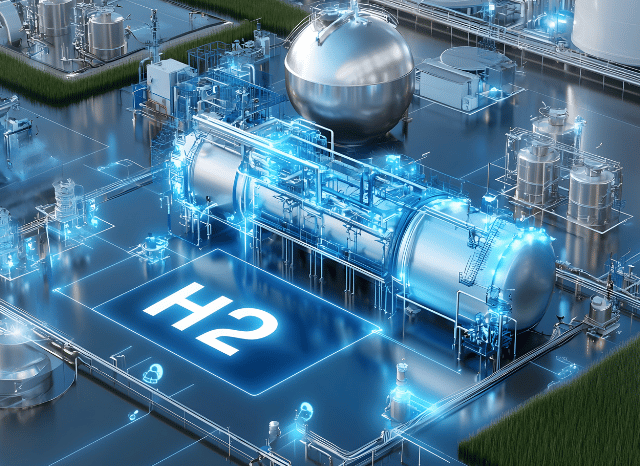
Oman, Germany, plus the Netherlands have signed a groundbreaking agreement that could reshape Europe’s Electricity landscape, ushering in a fresh era of environmentally friendly hydrogen imports from the center East.
A Daring shift in the worldwide Power transition is taking form involving Oman and Europe. A historic settlement signed before this calendar year paves the way for one of many earth’s to start with large-scale hydrogen corridors—linking Oman’s huge renewable sources to Germany’s industrial hubs by way of the Netherlands.
The core of the initiative is inexperienced hydrogen—produced by splitting water through electrolysis run by solar or wind Vitality. This type of hydrogen has captivated world wide curiosity for its prospective to decarbonise sectors which can be in any other case tough to electrify, which includes hefty transportation, steel generation, and Vitality storage.
Oman, leveraging its sunny climate and bold countrywide approach, aims to be a best global exporter of inexperienced hydrogen by 2030. Forecasts suggest the region could produce approximately one million tonnes of green hydrogen per year by the top in the 10 years. A vital component of this system involves liquefying the hydrogen to facilitate here overseas transportation.
Enter the hydrogen corridor: a prepared maritime and logistics route ranging from the port of Duqm in Oman, extending towards the ports of Amsterdam and Duisburg. Specialised cryogenic tankers, much like All those Employed in LNG transportation but adapted for hydrogen’s Substantially lower temperatures, will have the gasoline. European ports are now preparing the mandatory infrastructure to acquire, retail store, and distribute the cargo.
This corridor is not merely a logistical feat—it’s a strategic more info one. For Germany, that is trying to minimize dependence on fossil fuels and diversify its Vitality mix, the imports could help fulfill its focus here on of bringing in 10 million tonnes of renewable hydrogen by 2030. The corridor also aligns with broader EU sustainability goals and industrial decarbonisation efforts.
The project’s importance lies not just in its scale, but additionally in its replicability. Like LNG before it, check here liquid hydrogen could shortly transfer throughout continents, breaking cost-free from the limitations of fastened pipeline networks. And Oman isn’t alone. Other initiatives—such as Spain’s Basque Hydrogen Corridor plus the Central European Hydrogen Corridor—may also be building the backbone of the long term hydrogen economy.
The Basque task concentrates on integrating production, distribution, and industrial use in northern Spain. In the meantime, the Central European route ideas to repurpose current gasoline pipelines to carry hydrogen from Japanese Europe to Germany, further more cementing the region’s purpose within the hydrogen transition.
If profitable, these endeavours could mark An important milestone in decarbonising Europe’s hefty industries and transport networks—run from the sun and wind of distant deserts.